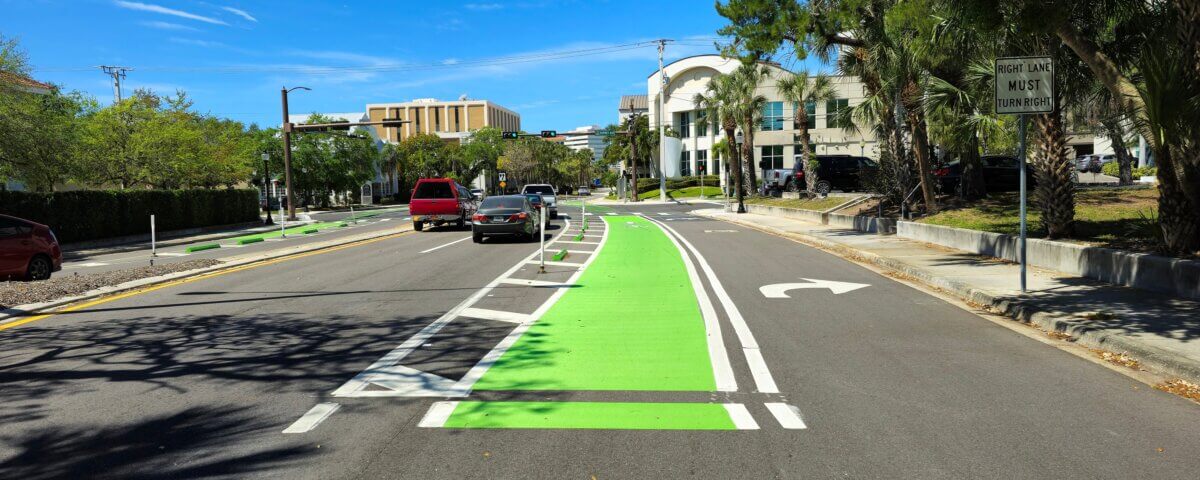California cities are investing heavily in bike lane expansions to promote greener transportation and improve safety. But do these projects actually reduce accidents and protect cyclists? Recent data and local experiences suggest that well-planned bike lanes can make a real difference.
Why Bike Lanes Matter
- Separation From Traffic: Dedicated lanes give cyclists space, reducing the risk of collisions with cars.
- Predictable Movement: Clear markings help drivers anticipate where cyclists will be.
- Encouragement for Cycling: Safer routes encourage more people to ride bikes, easing traffic congestion.
- Improved Visibility: Painted lanes and signage remind drivers to look out for cyclists.
California Cities Leading the Way
- San Francisco: Protected bike lanes on Market Street and Valencia Street have led to fewer serious crashes.
- Los Angeles: The city continues to add miles of bike lanes along corridors like Figueroa Street and Venice Boulevard.
- San Diego: Coastal communities like La Jolla and Pacific Beach have introduced separated lanes for safer commuting and recreation.
- Sacramento: Expansions downtown and in Midtown connect neighborhoods and reduce bike-car conflicts.
Challenges and Criticisms
- Incomplete Networks: Gaps in bike lane systems can force cyclists into unsafe traffic.
- Driver Confusion: Some motorists are unsure how to navigate streets with new lane layouts.
- Maintenance Issues: Faded paint or debris can make bike lanes less effective.
Tips for Cyclists and Drivers
- Cyclists: Use bike lanes when available, signal turns, and stay visible with lights or reflective gear.
- Drivers: Check blind spots before turning or opening doors, and always yield when crossing a bike lane.
Building Safer Streets Together
Bike lane expansions are a step toward safer, more sustainable transportation. Continued community input, proper maintenance, and education for both drivers and cyclists will ensure these investments deliver on their promise to make California’s streets safer.
Note: These blog posts are created solely for the use of Hillstone Law. The information is gathered from internet research, publicly available sources, and artificial intelligence (AI) tools such as ChatGPT. While we aim to share helpful and educational content, Hillstone Law does not independently verify every detail. Some information may be incomplete, outdated, or subject to change without notice. If you believe any part of a post is inaccurate, misleading, or infringes upon copyright, please contact Hillstone Law immediately so we can review it and take appropriate action, including correction or removal.
Disclaimer: The material provided in these blogs is for general informational purposes only and should not be considered legal advice. Reading these posts does not create, and is not intended to create, an attorney-client relationship with Hillstone Law. Our intent is to share knowledge, raise awareness, and provide helpful resources to the public; however, Hillstone Law makes no warranties or guarantees about the accuracy, completeness, or reliability of the information provided, and expressly disclaims liability for any actions taken in reliance on it. The photos used in these posts are for illustrative purposes only and do not depict actual clients, individuals, or incidents unless expressly stated. If you or a loved one has been injured in an accident, please contact Hillstone Law at (855) 691-1691. Our attorneys are available to answer your legal questions and help you understand your rights.








